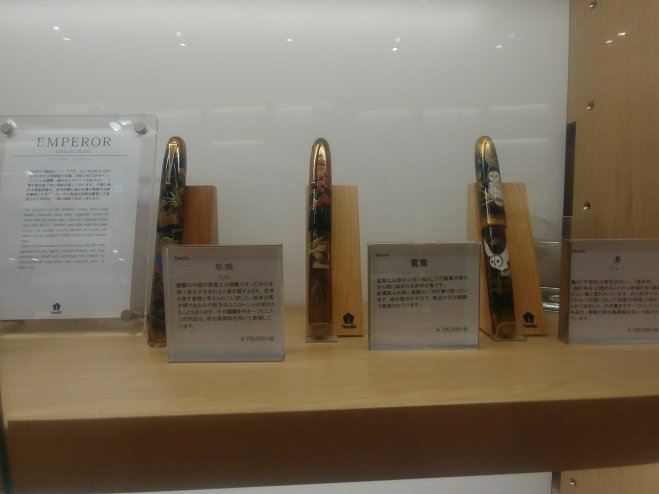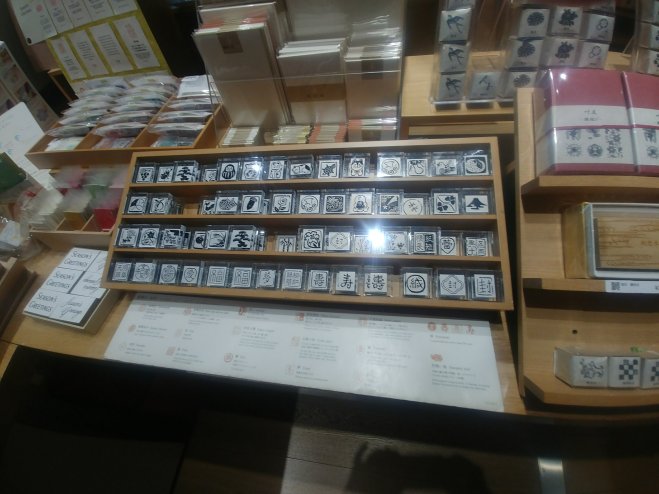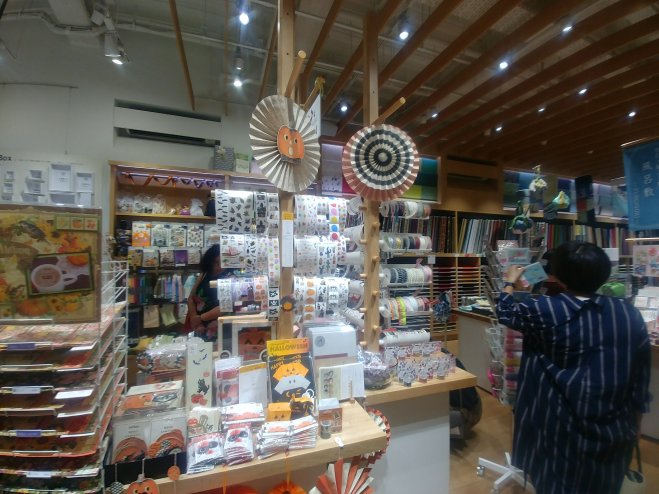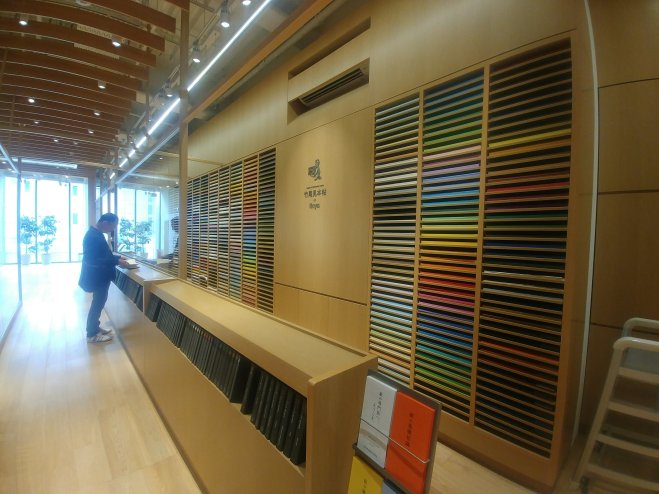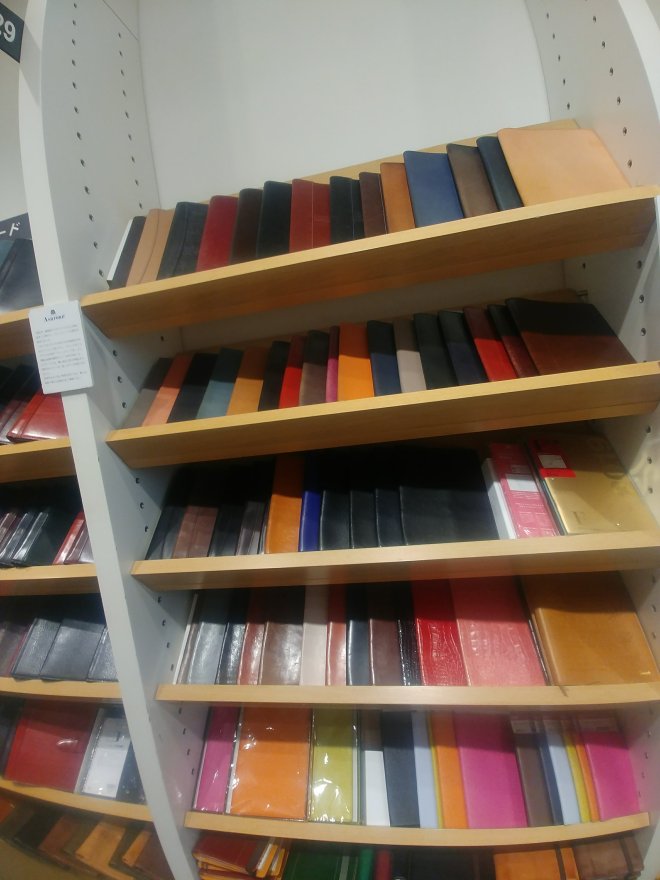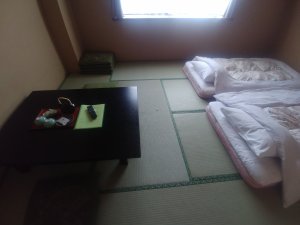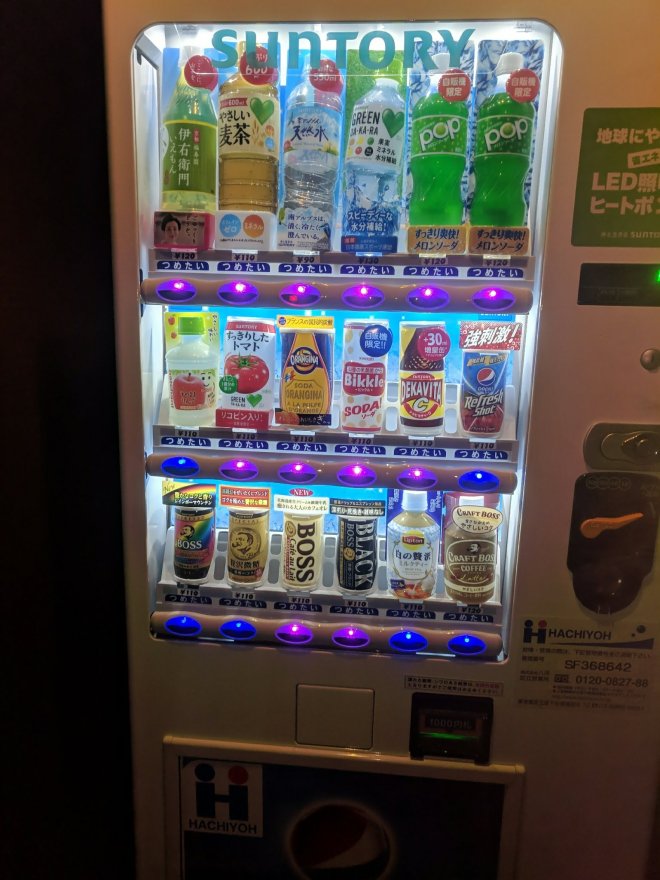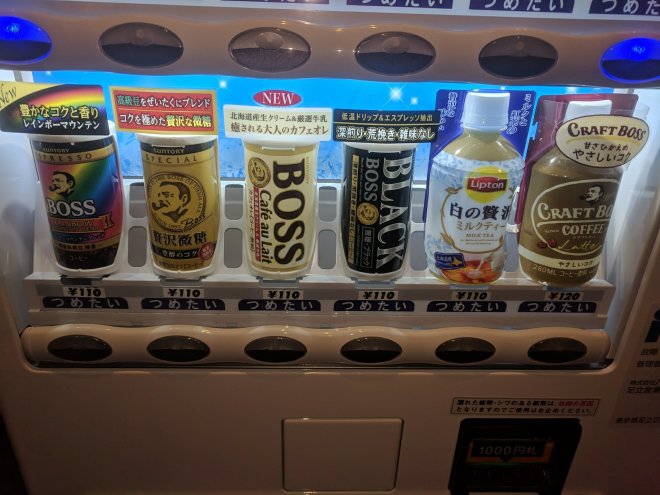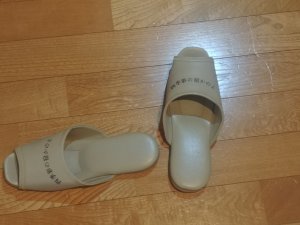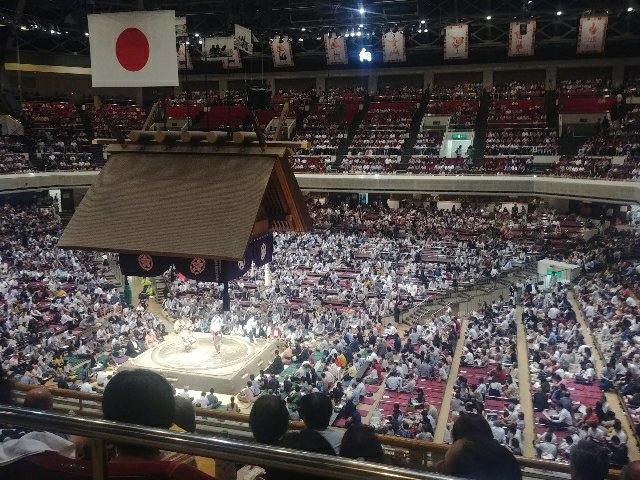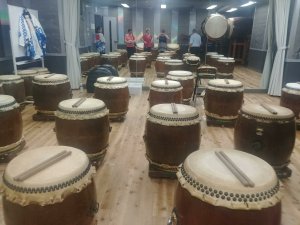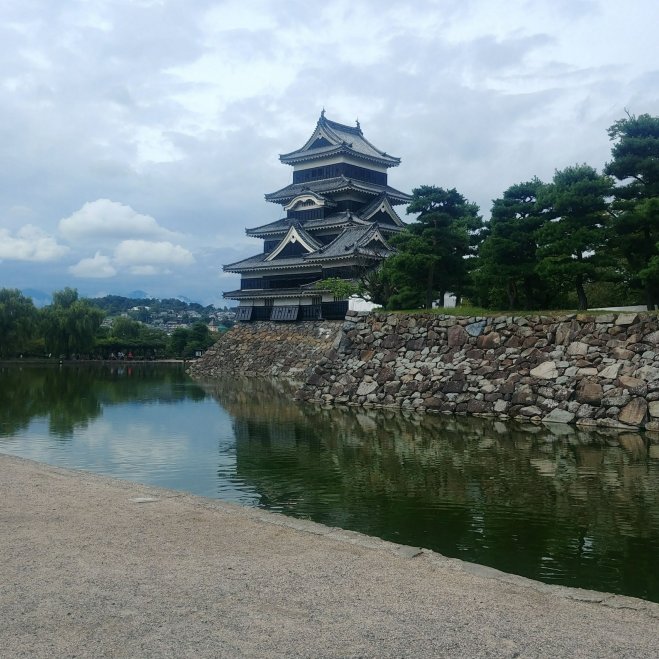
Guest blog by Ray Shortridge
The famous Black Crow Castle has loomed over Matsumoto, Japan, since 1504. Over the centuries, several successive warrior clans ruled the region from the eponymous black wooden fortress until 1868.
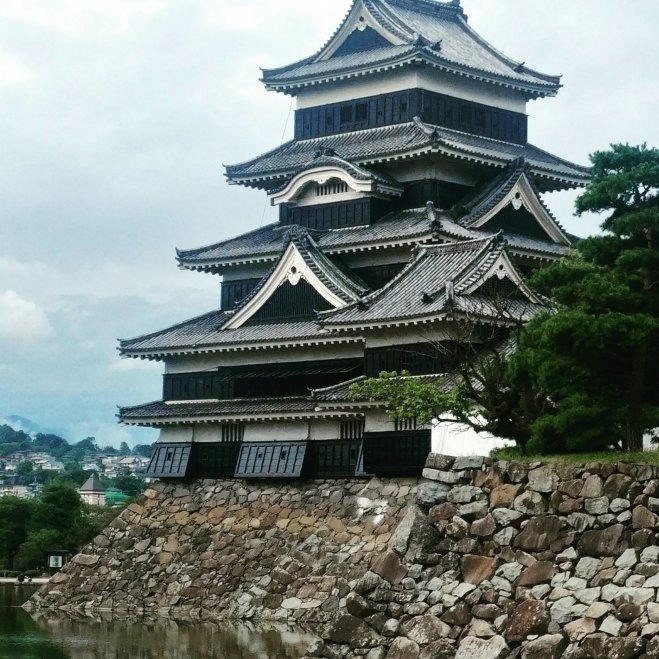
Black color was used to intimidate enemies

Swan in moat by Matsumoto castle
Another equally tall structural steel tower now looms over the city, facilitating voice, data, and video digital communications.

During dusk, a flock of black crows cawed their way from the sixteenth century to twenty first century one, and back, circling from the past to the present.



